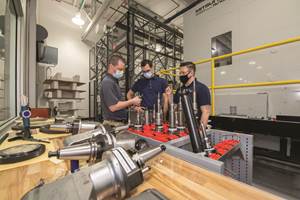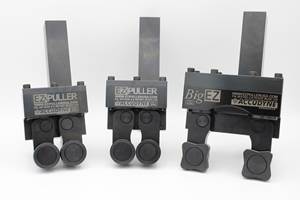Key Elements of the World’s Largest Inverted VTL
A number of noteworthy design elements enable this inverted vertical turret lathe to accurately and effectively machine very large components.
Inverted vertical turret lathes (VTLs) are distinctive in that they serve as their own parts loader, using their downward-facing main spindle to pick up staged workpieces and deliver them to the machining zone. This yields a more compact footprint than other automated machining systems because no auxiliary loading equipment is needed. And because the spindle carrying the workpiece is positioned vertically above the tools, hot chips fall unhindered into a conveyor, preventing them from contaminating the machine’s main spindle or collecting upon and heating up the workpiece.
Emag’s multifunction VLC 1200 is said to be the world’s largest inverted VTL. It can pick up and machine 1,500-kg workpieces with diameters as big as 1.2 meters. Such large-part machining capability makes the VLC 1200 well-suited for manufacturing precision components used in construction machinery, industrial transmission systems and wind-turbine generating systems. Plus, the machine can perform multiple operations in a single setup, including turning, drilling, milling, grinding and gear cutting. This flexibility improves throughput while minimizing work-in-process as well as transport of big, bulky components throughout a manufacturer’s facility.
A number of noteworthy design elements enable the VLC 1200 to accurately and effectively machine very large components. Here are a few:
• Polymer-granite machine base—The VLC 1200 features a portal design with a U-shaped base made of a polymer-granite material called Mineralit. This engineered granite offers many benefits over traditional welded steel or cast iron beds. For instance, the material’s inherent stability mitigates thermal distortion traditionally observed in a steel or cast iron base. This is also why the polymer-granite material is 30 percent more effective in damping vibration compared to traditional base materials, according to the company. Less system vibration leads to better surface finishes and longer tool life while enabling aggressive cutting parameters.
• Fluid-cooling system—Although the VLC 1200’s bed is made of polymer granite, other critical assemblies have steel or cast iron frames. One example is the cast iron main spindle carrier that spans the top of the U-shaped base to create a box-frame structure with minimal component overhang. A closed-loop coolant system ensures that the spindle carrier as well as the turret, feed axes and other such components maintain a consistent temperature to ensure thermal stability.
• Powerful milling spindle with beltless drive—The machine’s milling spindle is located below the main spindle. It offers as much as 52 kW of horsepower and has an HSK A100 interface for heavy cutting applications. According to the company, a beltless-drive design eliminates backlash, feedback error and vibration to deliver quality surface finishes and precise geometries.
• On-machine part probing—A touch probe inside the machining area serves as an in-process gage to measure a workpiece still clamped in the machine to an accuracy of ±2 microns. Nominal corrections based on probe feedback are made automatically to the part program as necessary. The probe can also be used for measuring a semi-completed part feature after a tool change (before the machining operation reaches full depth). This is especially useful when machining large parts that require multiple identical tools to create a given feature.
Because the probe is mounted directly on the machine’s polymer-granite bed, its position with respect to the machine will not change due to thermal fluctuations (unlike probes installed on moving arms). A fixed probe location also offers a known home position, which simplifies machine calibration routines.
Related Content
Modern Bar Feeds Bring New Life to Automatic Swiss Lathes
Cam-actuated Swiss lathes are still the fastest way to process many parts. By adding modern bar feeders, this shop has dramatically improved their utilization with the ability to work unattended, even in a lights-out environment.
Read MoreDigital Twins Give CNC Machining a Head Start
Model-based manufacturing and the digital thread enable Sikorsky to reduce lead times by machining helicopter components before designs are finalized.
Read MoreCNC Machine Shop Honored for Automation, Machine Monitoring
From cobots to machine monitoring, this Top Shop honoree shows that machining technology is about more than the machine tool.
Read MoreZero-Adjustment Bar Pullers Simplify Turning Automation
Spring-loaded grippers and adjustable programming are enabling bar pullers to fulfill their promise to save time and money in CNC turning automation.
Read MoreRead Next
3 Mistakes That Cause CNC Programs to Fail
Despite enhancements to manufacturing technology, there are still issues today that can cause programs to fail. These failures can cause lost time, scrapped parts, damaged machines and even injured operators.
Read MoreThe Cut Scene: The Finer Details of Large-Format Machining
Small details and features can have an outsized impact on large parts, such as Barbco’s collapsible utility drill head.
Read More
.jpg;width=70;height=70;mode=crop)
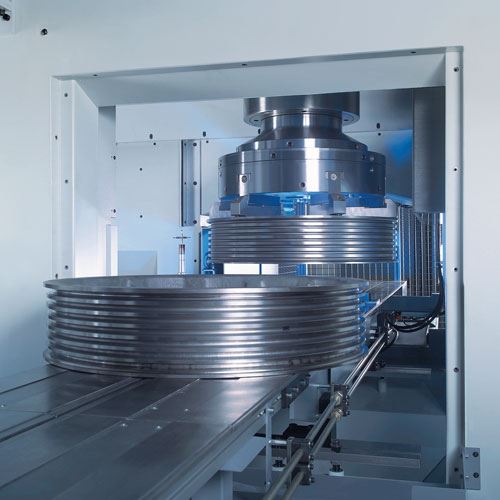
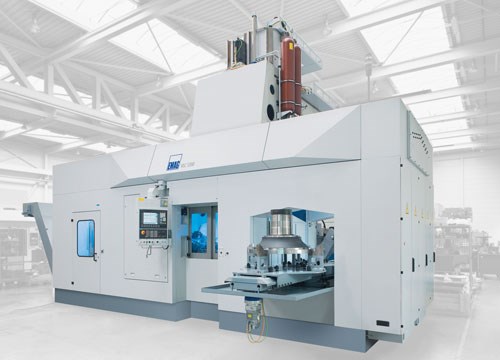
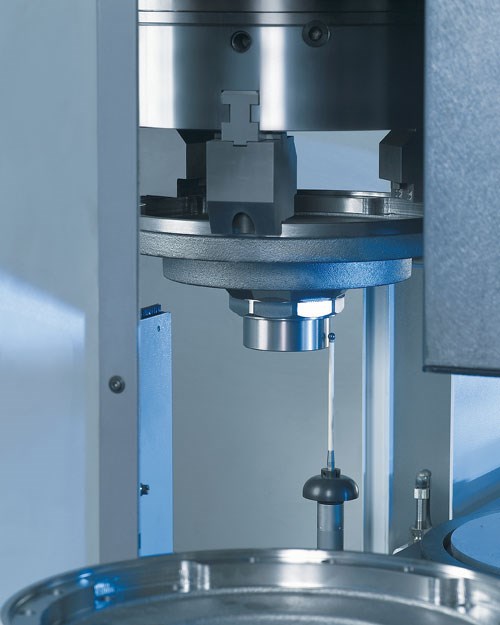






.jpg;maxWidth=300;quality=90)

.jpg;maxWidth=300;quality=90)






.png;maxWidth=300;quality=90)



